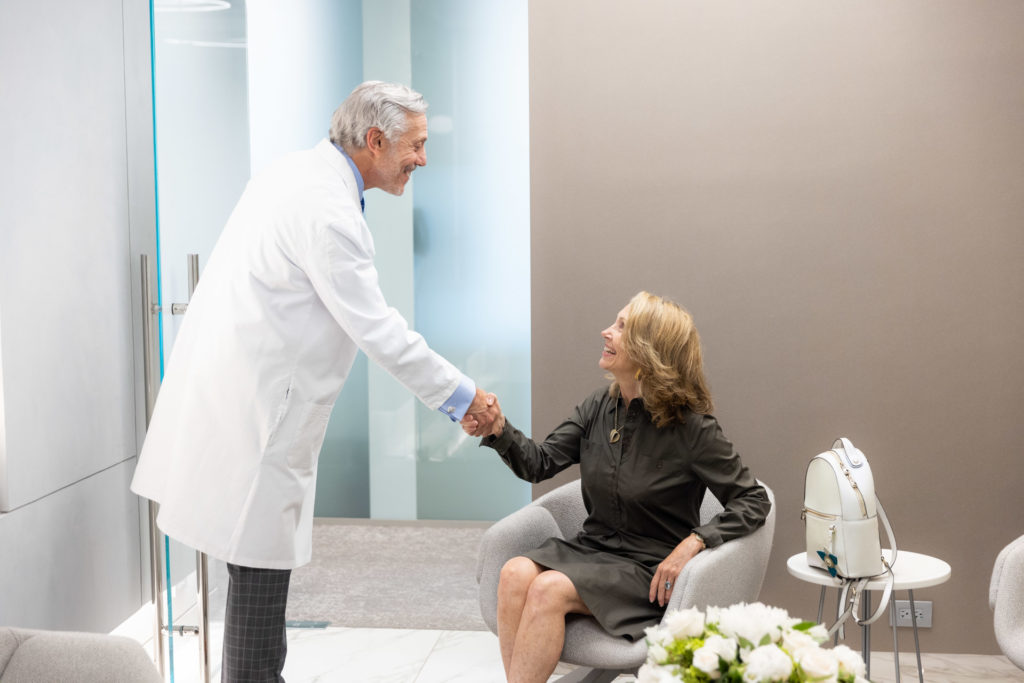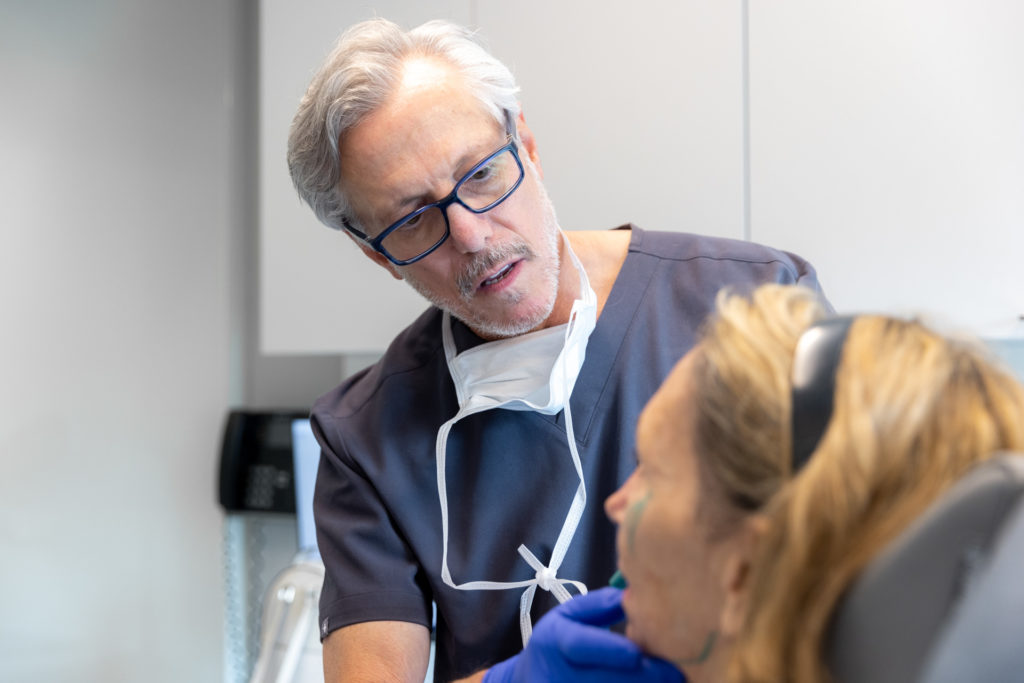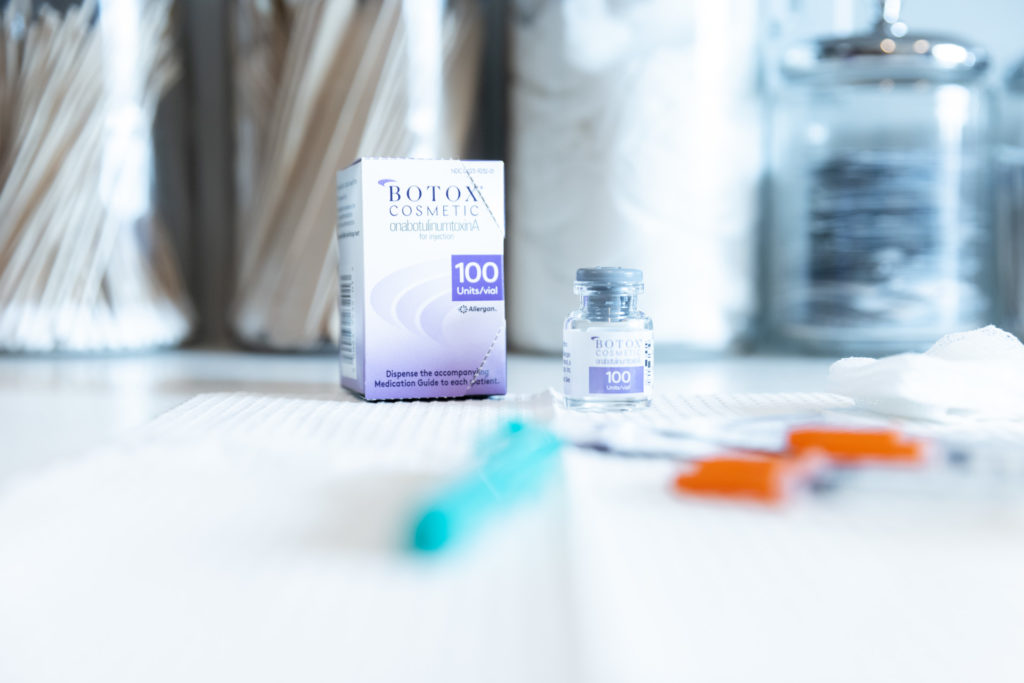
I just got back from the AAFPRS (American Academy of Facial Plastic and Reconstructive Surgery) semi-annual rhinoplasty course. I was honored to be a speaker at this prestigious course. This course is given every two years and is considered by many to be the premiere course for physicians who wish to hone their skills as rhinoplasty surgeons. I gave two lectures and ran one seminar.
My first lecture was entitled “What makes a nose look overdone?” I used my years of experience, as well as an important study that I am currently conducting, to teach other doctors what makes noses look fixed. I review how I restore them in both form and function. But most importantly, I teach how to avoid making these mistakes in the first place.
My second talk was “How to avoid the pinched tip and excess columellar show in rhinoplasty.” I guess the course directors like the way I teach prevention; prevention of noses looking fixed and how to create natural appearing noses. This is why patients often tell me that after surgery, old friends commonly ask if they had a makeover, a new hairdo or lost weight. Basically, they look better but not fixed.
My third assignment was a panel called “ask the expert”. I had three experts, Dr. Cook from Oregon, Dr. Harris from Maryland and Dr. Robinson from New Zealand. Each panelist presented two cases of difficult rhinoplasties. The other panelists then were quizzed on what they would do before the operating surgeon discussed the actual surgery. I asked pointed questions of each panelist asking them to justify any and all choices, so the audience can see what thought processes a master surgeon goes through when preparing for a rhinoplasty.
I find these courses informative and I always pick up a few pointers that I take home and perhaps incorporate into my own skillset. What I found interesting is that less than 25% of the speakers discussed techniques using the intra-nasal approach. Two of the best lectures I heard were Europeans talking on the intra-nasal approach: Dr. Berghaus from Germany and Dr. Palma from Italy. The intra-nasal or closed approach avoids any scars or external incisions on the nose. I find that I get equal if not better results in primary rhinoplasty using this technique (see earlier blog). I am one of the few remaining docs still teaching and offering the “closed” approach to the majority of my primary rhinoplasty cases.
The AAFPRS has been my professional home for many years. Much of what I learn comes from dinners with friends and colleagues from around the world at meetings and courses such as this. Last but not least, I get to catch up with good friends.




